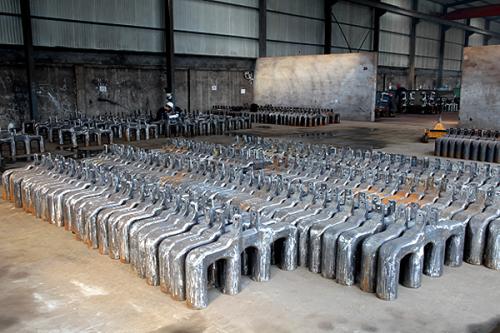
And the conductive nature of the Electric anode claw
It is well known that when a large number of metal atoms fuse together to form a metal crystal, most metal atoms lose their valence electrons and become positive ions.The positive ions are arranged according to certain geometric laws and make weak thermal vibrations in their respective positions.All valence electrons, on the other hand, move freely between the ions as free electrons, common to all the atoms in the metal, forming what is known as an electron gas.The reason why metals have good conductivity is that the free electrons in the metal crystals will accelerate along the direction of the electric field to form an electric current under the action of a small external electric field.When the accelerating free electrons are blocked by the metal ions and neutral atoms that are out of balance, their speed will decrease, which in the macroscopic sense is resistance.When the temperature of the metal increases, the thermal vibration of the metal atoms and positive ions intensifies, making it more difficult for free electrons to move between them. Therefore, the resistance of the metal increases with increasing temperature, that is, the metal has a positive temperature coefficient of resistance. Any factor that hinders the free electron movement of a metal can increase the resistivity of the metal.










